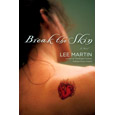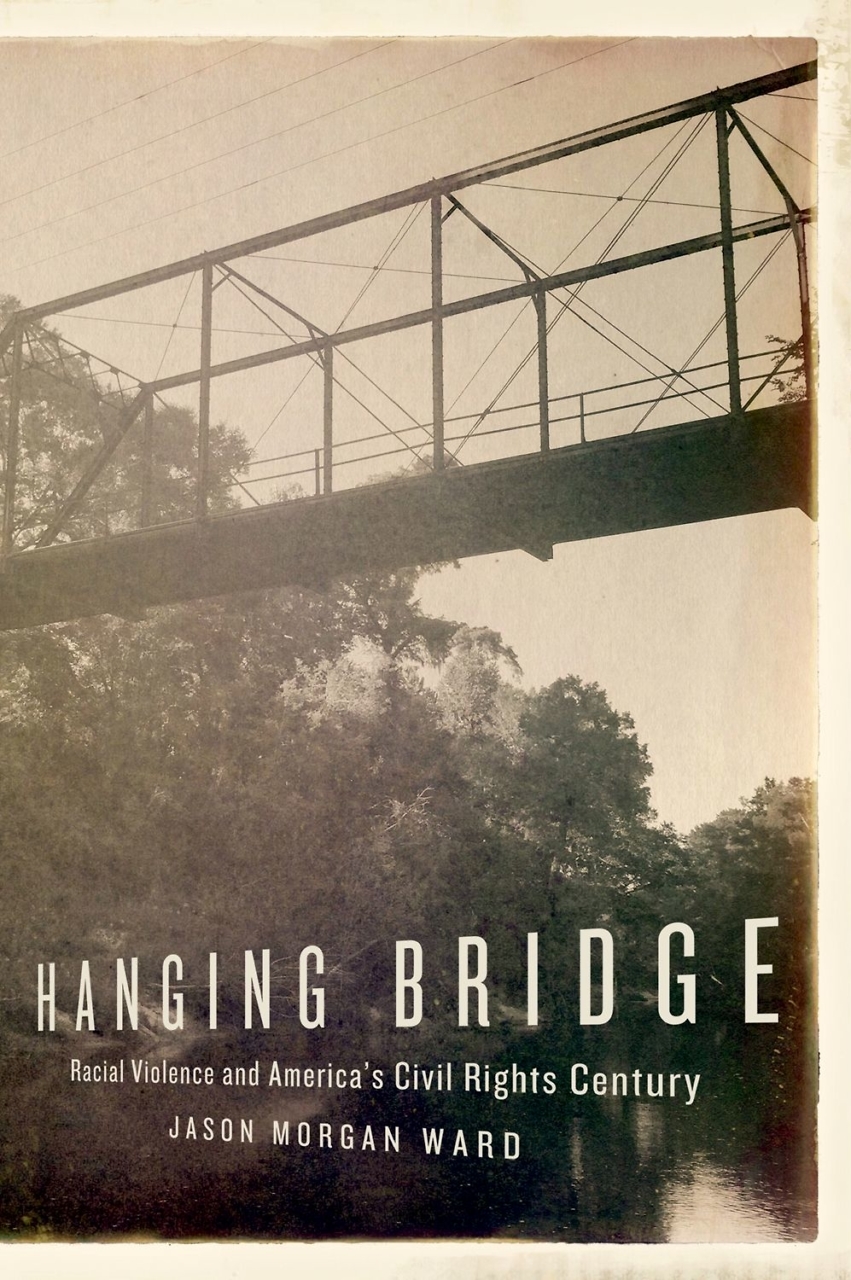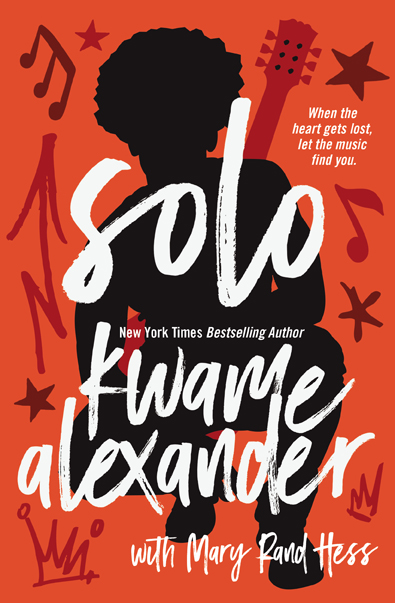The Rock of Real Life
Anna Quindlen talks with Chapter 16 about writing fiction grounded in reality
In Still Life with Bread Crumbs, the new novel by Pulitzer Prize-winner Anna Quindlen, Rebecca Winter is famous for a single photograph she took years earlier—an image of her messy kitchen after an impromptu dinner party. The photo, “a vaguely Flemish composition of dirty wineglasses, stacked plates, the torn ends of two baguettes, and a dish towel singed at one corner by the gas stove,” goes on to achieve larger-than-life cultural status: Rebecca’s “Kitchen Counter” represents “both an elevation and an indictment of women’s lives and women’s work.” The subsequent licensing of merchandise bearing the image makes Rebecca a rich woman, but her fortune does not last. And, as Rebecca learns, “the coin of notoriety pays with less and less interest as time goes by.”
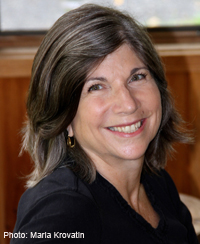 When the novel opens, heavy financial obligations have forced the now-single Rebecca to sublet her beloved New York City apartment and move to a rundown country cottage until she can create new work to sell. At first unhappy with her new home, Rebecca finally begins to find enjoyment in frequent walks, camera in hand, through the nearby forest. One day inspiration appears: small arrangements of objects, like primitive art installations—a photo, a birthday card, a sports trophy, a ribbon, and always a rudimentary cross—are scattered throughout the woods. Rebecca doesn’t know what they mean or who placed them, but their poignant details and careful composition draw her. Soon her photographs create a more permanent record of their ephemeral existence.
When the novel opens, heavy financial obligations have forced the now-single Rebecca to sublet her beloved New York City apartment and move to a rundown country cottage until she can create new work to sell. At first unhappy with her new home, Rebecca finally begins to find enjoyment in frequent walks, camera in hand, through the nearby forest. One day inspiration appears: small arrangements of objects, like primitive art installations—a photo, a birthday card, a sports trophy, a ribbon, and always a rudimentary cross—are scattered throughout the woods. Rebecca doesn’t know what they mean or who placed them, but their poignant details and careful composition draw her. Soon her photographs create a more permanent record of their ephemeral existence.
Another local feature draws her attention, as well—a roofer by the name of Jim Bates, who very efficiently traps and dispatches a raccoon from her attic. Before she quite knows what is happening, Rebecca finds herself in the unlikely position of climbing into a tree stand to help Jim document bird populations for the State Wildlife Service. It’s a new perspective for Rebecca, as Quindlen’s light touch and skillful writing turn the typical fish-out-of-water story into a thoughtful examination of one artist’s efforts to reinvent not only her art but her life. When Jim asks what it’s like to be famous, Rebecca says, “It’s difficult to describe. First you have one sort of life and then you have another.” Unimpressed, Jim says, “That’s what happens to everybody.”
Prior to her Nashville appearance at Vanderbilt University on February 5, Quindlen answered questions from Chapter 16 via email.
Chapter 16: You do very playful things with the construction and narration of this book—often inserting parenthetical asides, repeating the events of a chapter in a successive chapter with a different emphasis, and including the dog’s perspective, to name a few. What role did these kinds of stylistic choices play in your overall intent for the book?
Quindlen: Oh, I am so happy to answer this question and to hear the word “playful,” which is precisely what I intended. I realized as I began to tell Rebecca’s story that I was a bit tired of the conventions of the novel form, the notion that backstory always had to blend seamlessly with forward action, that there could be no asides or narrative cul de sacs. Of course that’s not the way we think in real life, and I wanted this book to reflect a narrative form that was more like everyday thought, and life.
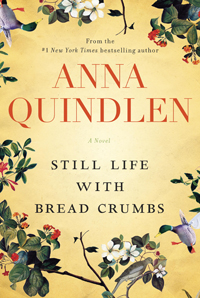 Rebecca also is keenly aware, and discusses often in the book, the accidental genesis and feel of many of her photos, and I wanted the novel to mirror that. I was inspired a bit by some of those new chefs who deconstruct old favorites; I wanted to deconstruct my storytelling, in part to serve a sense of this as a kind of modern fable of renown and its discontents, in part because it’s a love story.
Rebecca also is keenly aware, and discusses often in the book, the accidental genesis and feel of many of her photos, and I wanted the novel to mirror that. I was inspired a bit by some of those new chefs who deconstruct old favorites; I wanted to deconstruct my storytelling, in part to serve a sense of this as a kind of modern fable of renown and its discontents, in part because it’s a love story.
Chapter 16: Regarding setting, you have said, “There’s a kind of liberating moment in fiction writing when you realize you were sitting on a rock of real life and suddenly the creative imagination spreads its wings and lifts off.” Rebecca Winter, your protagonist, trades in her posh New York City apartment for a “ramshackle cottage” in the country. Was there a “rock of real life” that inspired this change of scenery?
Quindlen: I have a house in New York City, where I live much of the time. I have a house in rural Pennsylvania, where I spend summers and most weekends. We all work with what we know. Familiar settings have often provided a comforting solidity for me from which I can invent willy-nilly.
Chapter 16: Still Life with Bread Crumbs has a very visual feel, especially in its examination of the artist’s process, her professional reputation, and her relationship with her audience. How did Rebecca’s career as a photographer influence your approach to her story?
Quindlen: I think every time I sat down to tell her story I was looking around with a visual artist’s eye. That sounds presumptuous, since I’ve never taken a really good photo in my life, and I can neither paint nor draw. But there’s a way of looking at the world, in its composition and its telling details, that I think is common to both writers and artists. I leaned on that very heavily throughout the book.
Chapter 16: Following up on your description of the novel as “a modern fable of renown and its discontents,” and considering your own success as an award-winning columnist and author, what advice would you give less-experienced artists trying to navigate the fast-paced, technologically complex world of contemporary writing?
Quindlen: My advice would be what it has always been: just do it. I’m amazed at the number of people who want advice about placing and selling their work and have little or nothing to sell. I hear the line: “I’m thinking of writing a novel.” Does anyone say, “I’m thinking of performing surgery?” There’s only one way to be a writer; you have to put your butt in a chair and produce words, whether you want to or not. (Don’t wait for inspiration; I think she’s napping in the stacks of the library.) Actually, our new technology means there are more places than ever before for good work to be read, although still too few that pay well, or at all. But before you even think of that, you have to sit yourself down and write.
Chapter 16: Two of your books have been adapted for television, and one was made into a feature film. What has been your experience of the process of adaptation? Do you hope to see Still Life with Bread Crumbs translated to the screen?
Quindlen: At the moment I can’t say more than: stay tuned. I’m hopeful.
Anna Quindlen will discuss Still Life with Bread Crumbs on February 5, 2014, at 6:15 p.m. in Ingram Hall on the Vanderbilt University campus. The event, part of the Salon@615 series, is free and open to the public.

